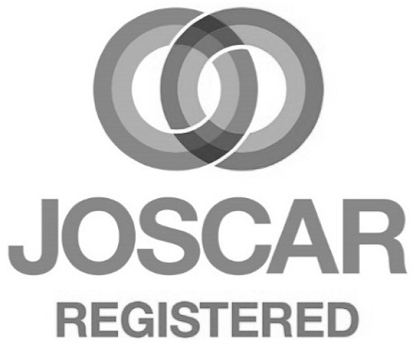With the rising number of hybrid and pure electric vehicles, accurate test equipment is crucial to assess component performance. Our systems can replace power feeding and consuming vehicle parts within a test set-up so that individual components can be optimised.
Dedicated software enables you to run automated tests. You can simultaneously record performance data from a system specifically designed to fit into your working environment. ETPS provide solutions for a wide range of test applications including drivetrains, super capacitors, fuel cells and battery packs.
Electric Drive Testing
As one of the most important components in a vehicle, electric drives must be fine tuned and tested in highly repeatable conditions. Being able to compare tests allows you to monitor data and outputs to improve results. This is especially important for high performance vehicles.

By using BatControl software for the G5-RSS and LAB-GSS systems, you can carry out automated drive cycles. The program can be used to implement standards such as the New European Drive Cycle, Worldwide Harmonised Light Vehicle Test Procedures and FTP-75.
Previously recorded test track data can be imported to recreate a real world driving test in a lab environment. You can replicate complex drive cycles by importing data from a CSV file. Previous tests have been conducted using over 400,000 individual data points, with more possible. Using automated procedures reduces programming time while eliminating operator errors and variation in lap times.
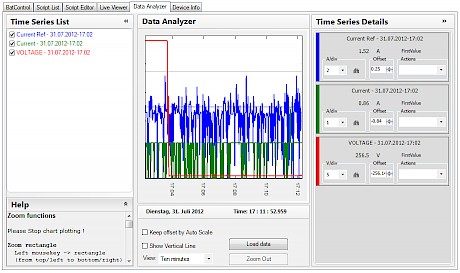
Cranking Curve Simulation
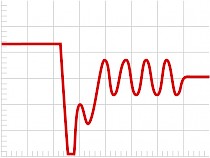
A vehicle's electrical components must be robust enough to withstand a huge range of unexpected voltage surges and drops. Our DC sources can accurately create a wide variety of conditions (such as the starting of the vehicle) within a lab environment. This allows you to simulate the battery voltage during cranking, which is often affected by factors including temperature and load.
Replacing your battery with a DC source allows you to increase reproducibility, improve accuracy of results and reduce preparation time. In conditions that are difficult to replicate, e.g. voltage cranking during a cold start, this can make a huge difference to your daily testing.
For duration testing of components, we can configure an automated test routine to speed up the process. Voltage drops and interrupts tests can also be carried out to assess the effects of brownouts on the ECU. If you have a short-term cranking test requirement, our team can pre-program specific cranking curves into one of our rental systems.
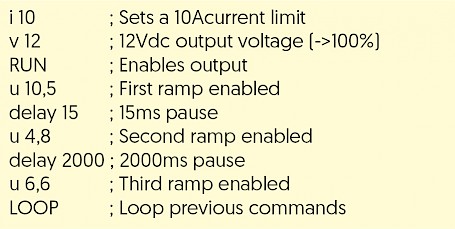
Battery Pack Simulation and Testing
ETPS offers a wide range of DC power supplies and electronic loads for charge and discharge tests on battery packs. Starting at a few hundred watts for both sinks and sources, our product selection continues into the megawatt range.
BatControl software is available for the G5-RSS, LAB-GSS and CON-DSS, allowing you to investigate a variety of performance issues. Standard cycling tests are provided to automate battery research, with the ability to program user specific variations. You can also explore lifetime tests, system degradation analysis, shot and burst overload tests and the effects of different user behaviour on performance.
For simple battery simulation, DC sources such as the LAB-SMP and LAB-HP have a constant power mode. This replicates the standard discharge curve of a battery pack. An adjustable resistance mode is also provided. The optional SD card allows V/I and V/W relationships to be programmed, along with voltage and current limits against time.
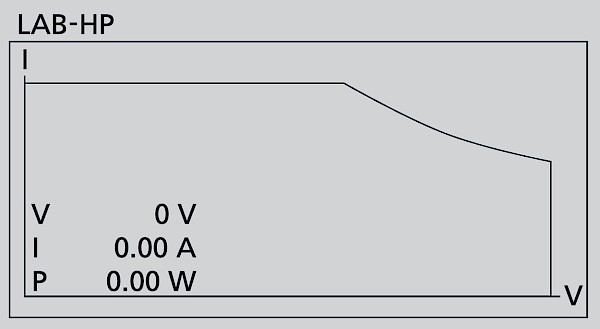
If you need modules to emulate different sized battery packs, we would recommend the BatSim GUI which is available for G5-RSS, LAB-GSS and CON-DSS systems. This allows you to program almost every electrical characteristic including number of cells, energy capacity, cut-off limits, chemistry type and nominal voltage.
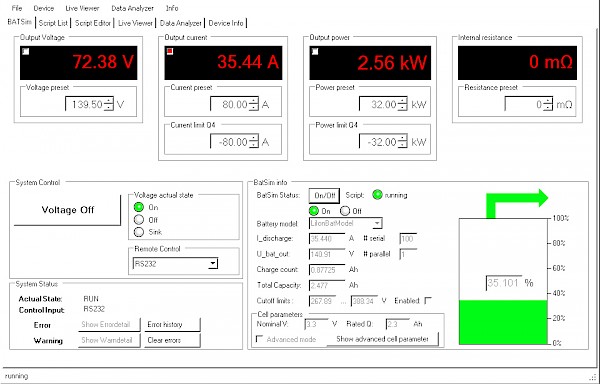
Feeding Losses in Dynamometers
Our uni and bidirectional systems are ideal for operating two dynamometers back to back in a closed circuit, as they feed DC energy into the loop to compensate for losses in the circuit. Rapid response times allow the power supply to react quickly to current demand, which is especially important when testing motorsport vehicles during fast step changes from acceleration and deceleration.
The wide operating ranges of the LAB-SCUBI and LAB-MOBI make them particularly ideal for this application. Models are available with nominal outputs up to 1000A as well as 1000V, meaning that a single system will provide the high startup current and then continue to feed losses during testing of a high power motor.
Bidirectional systems enable energy to be regenerated from the closed circuit. Each system monitors local grid conditions and synchronises with them to provide a smooth transition of energy when sinking current. Typical energy losses are between 4 - 8%.
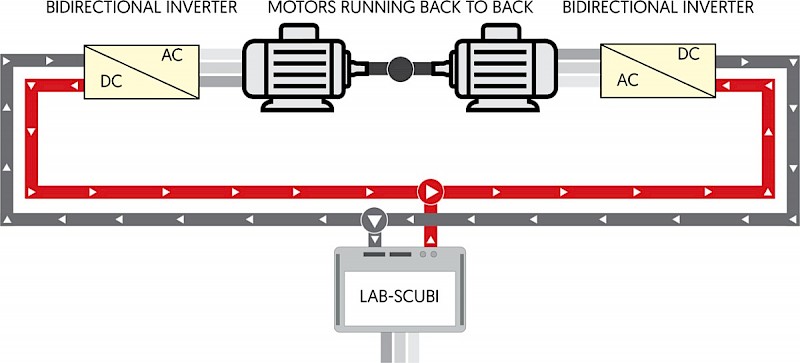
Vehicle to Grid (V2G) Testing
When testing modern plug-in hybrid and electric vehicles, it's important to understand communication between the vehicle and the grid. Electricity can be delivered back to the grid from the vehicle during peak times (or the charging rate reduced) to alleviate the pressures of over-demand. Analysing the effects these extra charge cycles have on longevity of battery life is an essential part of testing.
ETPS provides a four quadrant grid emulator, the EAC-ACS-4Q, with the ability to sink and source both AC and DC power. Combined with GridSim software, you can accurately simulate many grid conditions such as load balancing, brownouts and voltage spikes. Our software is pre-installed with grid feed-in regulations to ensure the battery charger is compliant with standards CENELEC, DIN and IEC.








